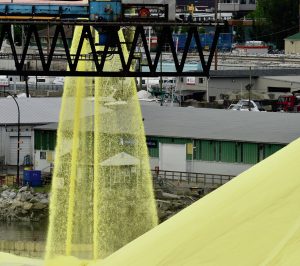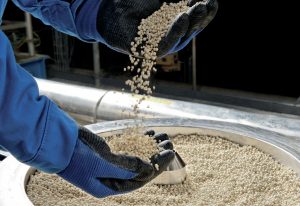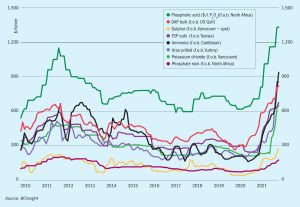
Innovative nutrition for Latin American avocado crops
Correct fertilizer usage at each crop stage can helps avocado growers improve their yield, quality and profitability. ICL’s Mateo Martinez and Alveiro Salamanca-Jimenez explain how growers can supply crop nutrients to avocado trees, efficiently and effectively, using economically- and environmentally-sustainable principles.








